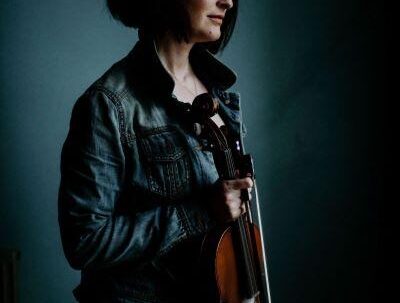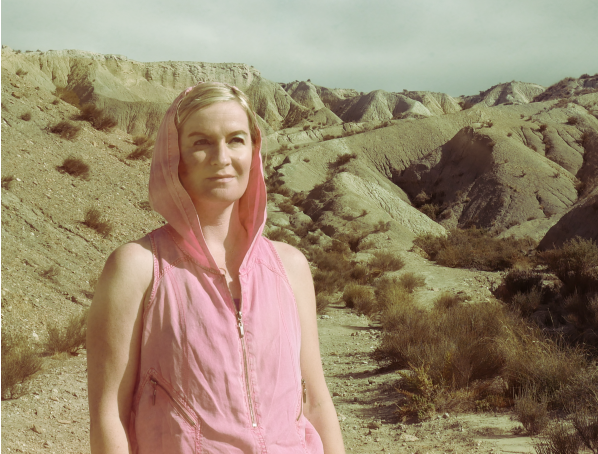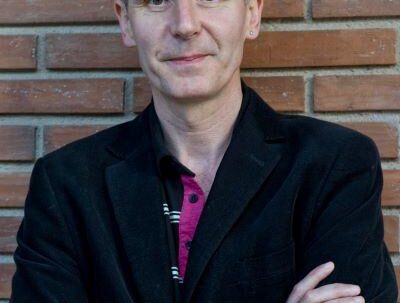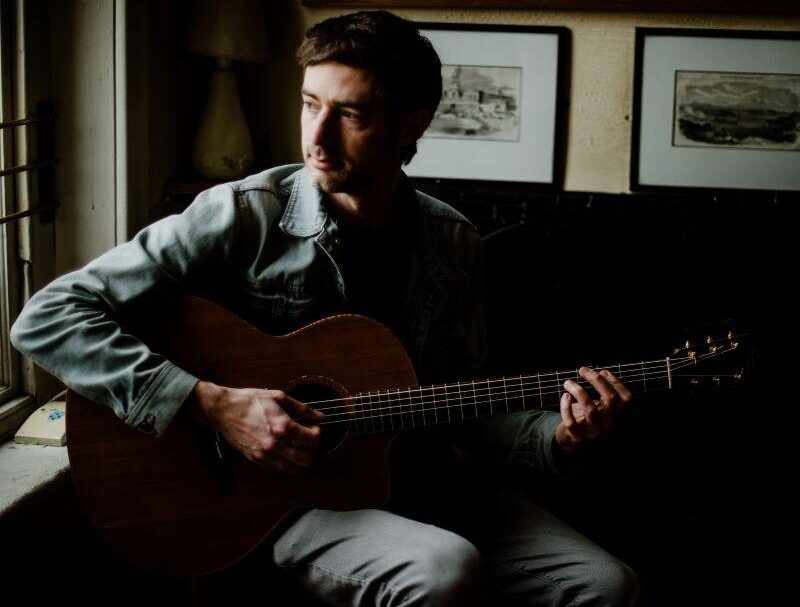For this tour, Music Network felt it was important to include a mix of instrumental and vocal music to showcase the versatility of these exciting artists. A key reason for bringing this quartet together was their shared adventurous and creative approach to writing and arranging music both old and new. By also bringing together musicians that have not played together before, the format creates a sense of discovery and an encounter with new music, ideas and repertoire. This was a point that the musicians themselves were keen to emphasise. For Niamh Dunne, one of the benefits of the tour is its ability to open up new dimensions of artistic practice: ‘The beauty of it is that people are put together that you might not normally have the chance to play with, that brings you out of your usual musical world’. This was echoed strongly by Bróna McVittie, who described the ‘spontaneity which arises when you have an interaction like this’, and enthused that ‘You are thrown into an unknown, which is an exciting and inspiring place to be in!’ Seán Óg Graham also finds it particularly to energising to collaborate with other musicians, which as he says, ‘is where he gets his creative buzz from’.
What connects all four musicians is an openness to listening to new ideas, and exploring new material, while at the same time being deeply informed by traditional and folk music. Because of this, they went into the project without any pre-conceived ideas or boundaries in terms of what the finished project would appear like. Collectively they draw on a vast breadth of experience in working at the cutting edge of folk, traditional and contemporary Irish music. Cormac Breatnach was in the vanguard of the new thinking about traditional music which emerged in the 1990s, and the music of his band Deiseal was a touchstone for many musicians both then now. Their classic recording, The Long Long Note, featured jazz-inspired arrangements of traditional material, some of which have been revisited and reworked for this tour.
Both Niamh and Seán Óg have been central to the music of Beoga, a band that reimagined what traditional ensemble music could sound like in the 2000s, both in the exciting new tunes that they composed and popularised, and also in finding new ways of presentation through the innovative combination of button accordion, piano, fiddle and bodhrán. Bróna has been celebrated for her beautiful songwriting, but also has a remarkable skill in being able to rework and individualise traditional songs; a standout example of this is her version of ‘The Jug of Punch’, where harp and electronics are deftly weaved around her airy vocals. She looks at something in a very interesting and creative way, and often takes traditional material in a different direction. She also reflected on how her particular musical background made her something of a ‘wild card’ in the group, as she prefers to work much more in an improvised sense, without any specific notion of what the outcome might be. Particularly satisfying for her was the ability to jam together and to allow the music and structures to develop from this. As Niamh added, this is where the joy and creativity of the collaboration lies.





